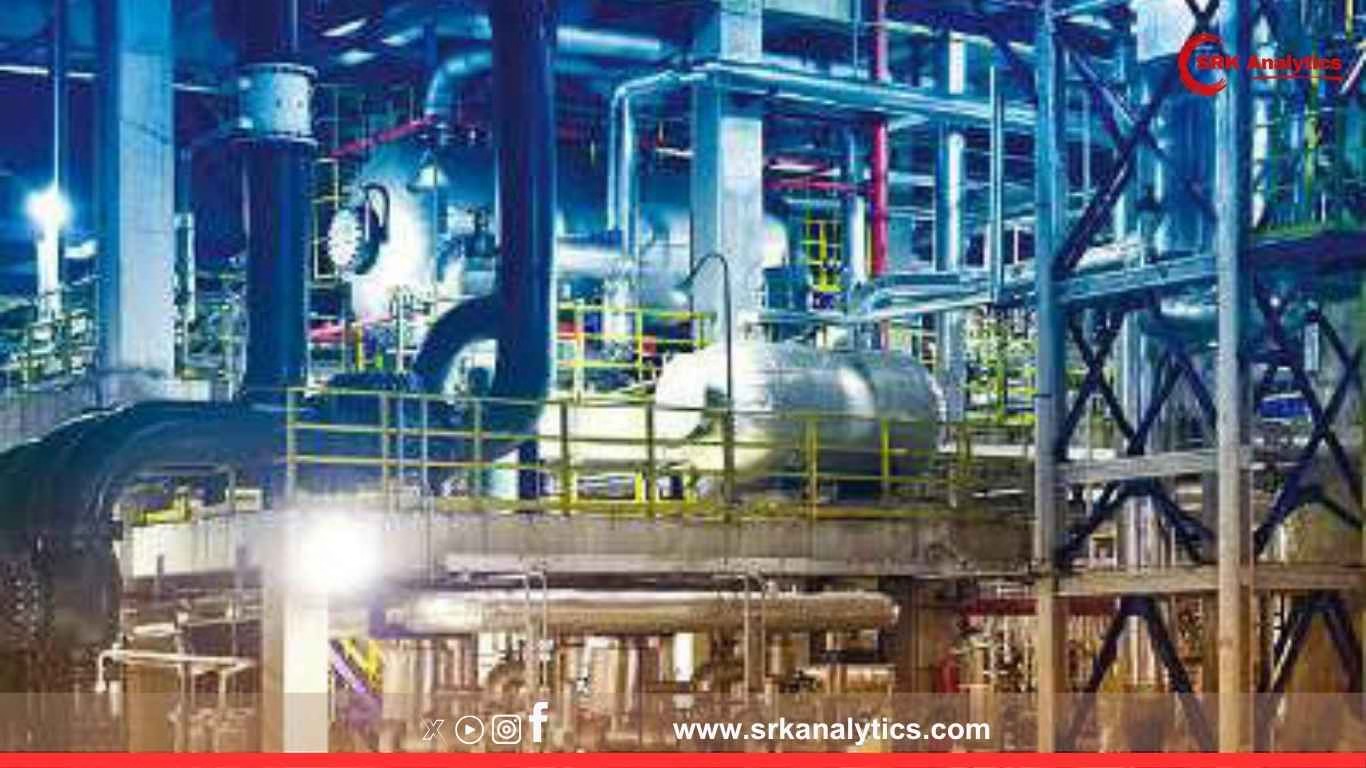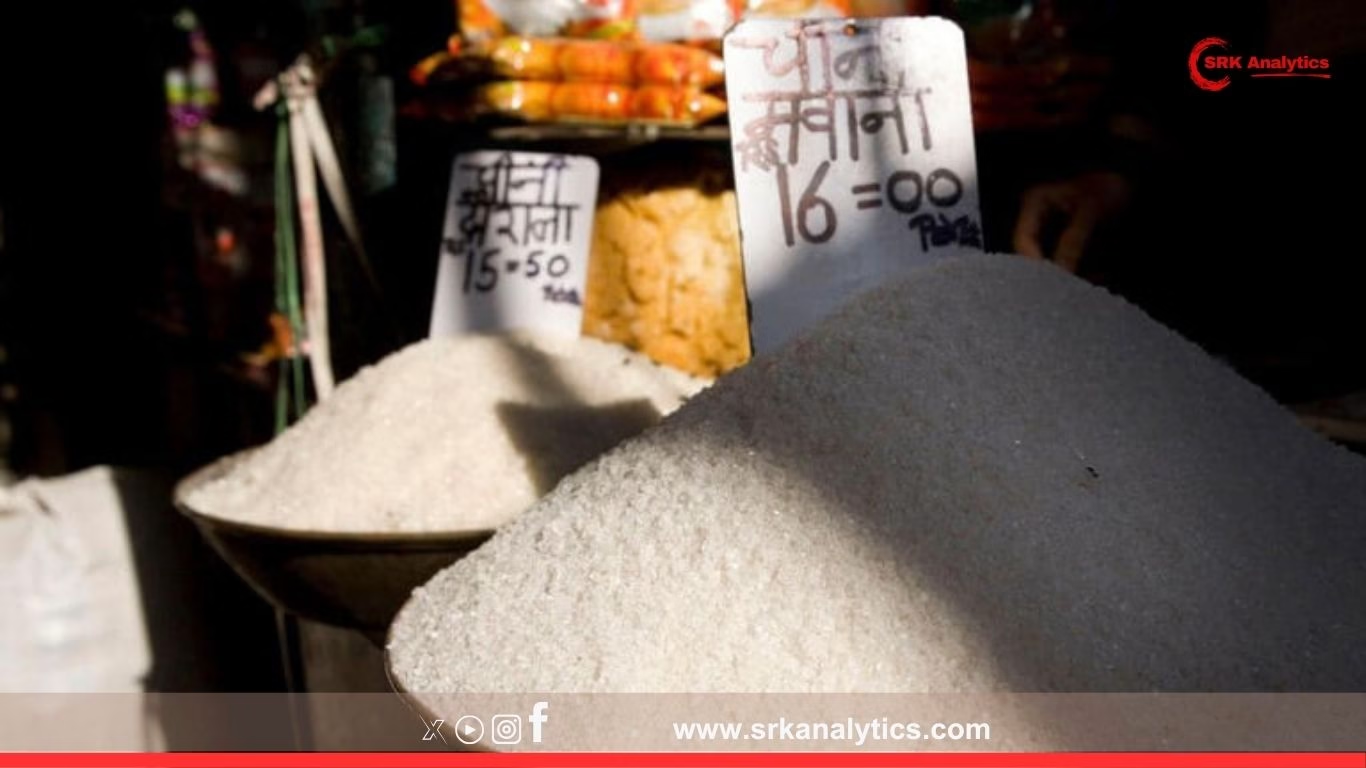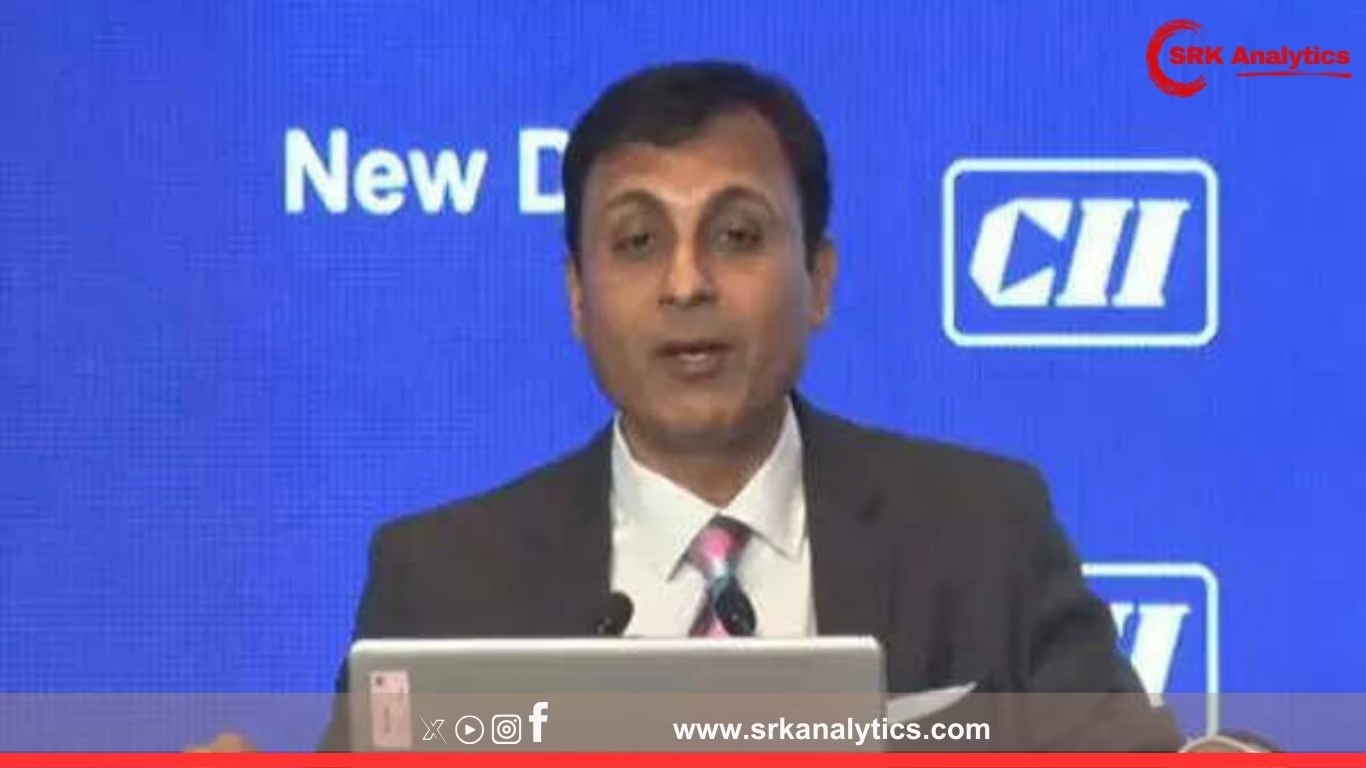India is poised to witness a significant rise in its petroleum and other liquid fuel production, with estimates projecting a jump to 5.94 million barrels per day (bpd) in 2026. This development is aligned with the government’s strategic vision to reduce import dependency, enhance energy security, and strengthen its position as a refining and export hub in Asia.
Key projections for petroleum and liquid fuel production
According to projections by industry analysts and energy research agencies, India’s petroleum and liquid fuel production, including crude oil, condensates, natural gas liquids (NGLs), and biofuels, is set to increase steadily over the next two years.
| Year | Production (million bpd) | Growth (%) |
|---|---|---|
| 2024 | 5.58 | +3.4 |
| 2025 | 5.77 | +3.4 |
| 2026 | 5.94 | +2.9 |
Source: Industry data analysis
This growth trajectory is driven by refinery capacity expansions, brownfield upgrades, increasing biofuel blending, and sustained upstream production from ONGC and private sector players.
Refinery capacity expansion: Key contributors
India currently has a refining capacity of approximately 256 million tonnes per annum (mtpa), translating to about 5.1 million bpd. Major upcoming projects expected to boost output include:
- HPCL Vizag refinery expansion: From 8.33 mtpa to 15 mtpa completed, ramping up production capacity.
- MRPL Phase IV expansion: Raising refining capacity to 18 mtpa by mid-2025.
- Nayara Energy upgrades: Focus on petrochemical integration to maximise yields.
- Indian Oil Corporation (IOC) Paradip expansion: Moving towards 20 mtpa refining by 2026.
- Ratnagiri mega refinery (West Coast Refinery): Although delayed, partial early capacities are targeted for late 2026-27 commissioning.
Biofuel blending push adds to output
The government’s aggressive ethanol blending programme under the National Biofuel Policy aims for 20% ethanol blending by 2025-26. This is expected to significantly contribute to total liquid fuel availability in the country.
| Biofuel blending targets | Ethanol blending (%) | Biodiesel blending (%) |
|---|---|---|
| 2022-23 | 10 | 0.1 |
| 2023-24 | 12 | 0.3 |
| 2024-25 | 15 | 0.5 |
| 2025-26 | 20 | 1.0 |
Source: Ministry of Petroleum and Natural Gas
Ethanol production is set to cross 12 billion litres annually by FY26, with sugar mills and grain-based distilleries expanding capacities to meet blending mandates, thus boosting the country’s net liquid fuel production.
Upstream oil and gas production initiatives
While India’s crude oil production has largely remained stagnant due to mature field declines, new efforts include:
- KG-D6 satellite fields: Reliance-BP’s new satellite gas fields commenced production, expected to contribute over 1 million standard cubic metres per day (mmscmd) in liquids equivalent.
- ONGC redevelopment projects: Mumbai High North and South redevelopment phases adding incremental production.
- Private sector investments: Cairn Oil & Gas continuing enhanced oil recovery (EOR) projects in Rajasthan and Gujarat fields.
Import dependency remains high despite growth
Despite rising domestic production, India’s crude oil import dependency remains over 85% as consumption far exceeds local output. In FY25, crude imports stood at approximately 232 million tonnes. Rising production will, however, marginally reduce the import bill and enhance domestic energy security.
Sector challenges impacting growth pace
- Delayed clearances for greenfield projects: Environmental and land acquisition hurdles slow refinery and pipeline expansions.
- Financial viability concerns: Margins on refining narrow with volatile crude and product prices.
- Upstream stagnation: Lack of major oil discoveries in recent years to significantly ramp up domestic crude production.
- High capex requirements: Refinery upgrades, new distilleries, and pipelines demand continuous funding.
Future outlook and policy focus
The government has laid out strategic focus areas under the Hydrocarbon Vision 2025 and updated National Biofuel Policy:
- Increase oil production via improved recovery technologies and E&P reforms.
- Expand refining capacity to over 400 mtpa by 2030 to meet rising domestic and export market demands.
- Enhance green fuel share via ethanol and compressed biogas (CBG) under SATAT initiative.
- Build strategic petroleum reserves to cover over 60 days of consumption.
Market and industry reactions
Industry experts note that India’s rising refining output will strengthen its position as a regional hub, catering to fuel needs of South Asia, Southeast Asia, and Africa, especially as global demand patterns shift in the energy transition era.
Oil marketing companies (OMCs) are ramping up investments in refinery upgrades to produce cleaner fuels, biofuel blending infrastructure, and EV charging networks, positioning themselves for a balanced fossil fuel to green energy shift.
Conclusion
India’s petroleum and liquid fuel production growth to an estimated 5.94 million barrels per day by 2026 marks a significant stride towards energy security. This growth, however, must be complemented with upstream exploration success, green fuel expansion, and infrastructure de-bottlenecking to achieve long-term sustainable energy goals while reducing the country’s massive import burden.
Disclaimer
This news content is for informational purposes only and does not constitute investment, trade, or policy advice. Readers should consult sector experts or official publications before making business or policy decisions based on production forecasts and market trends.











